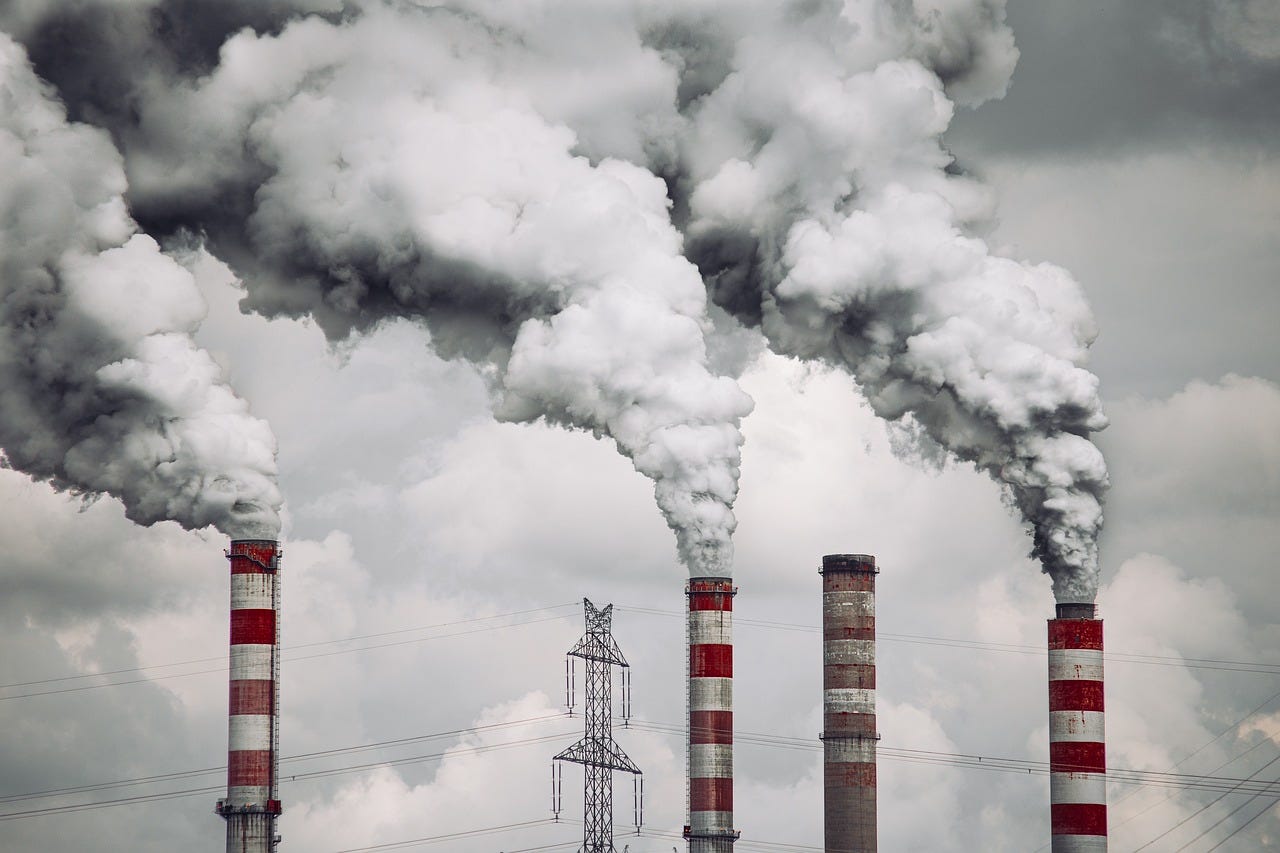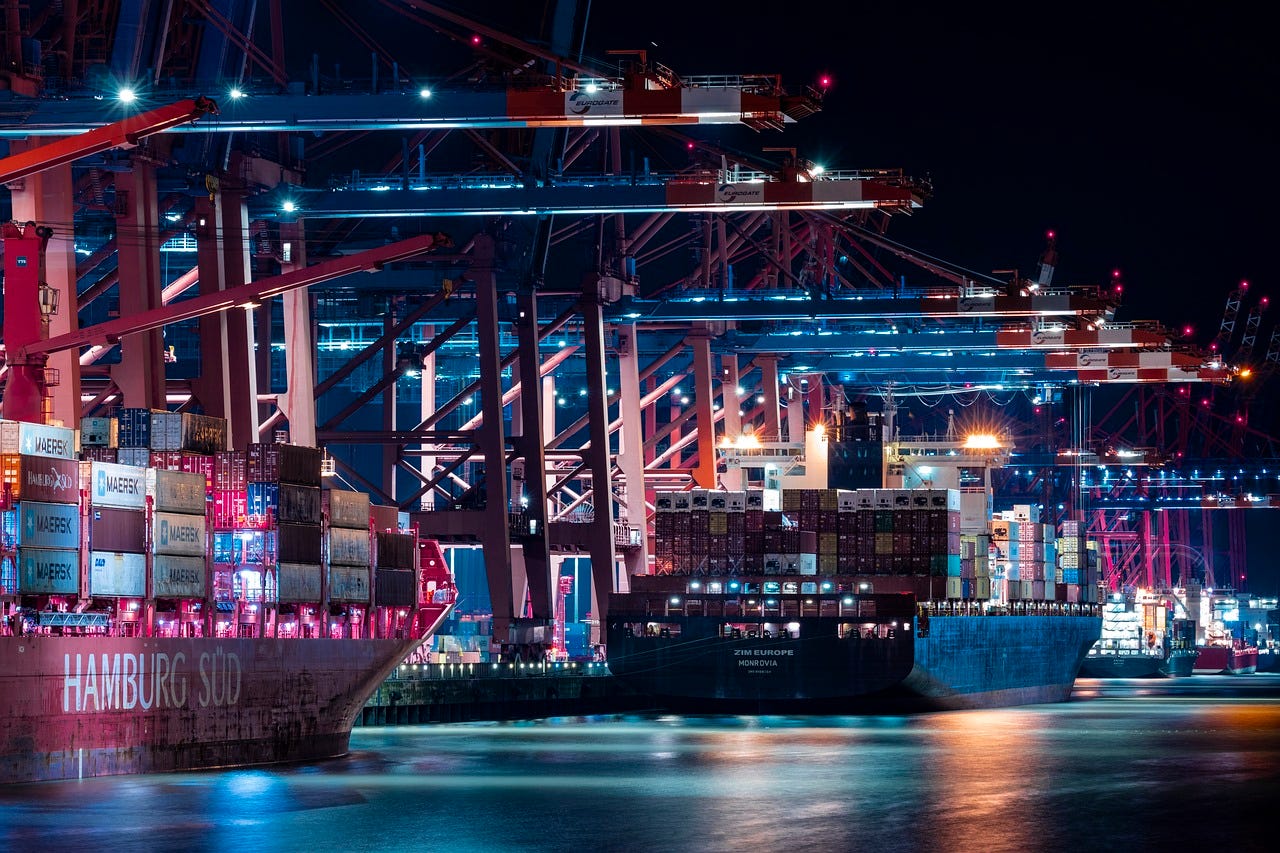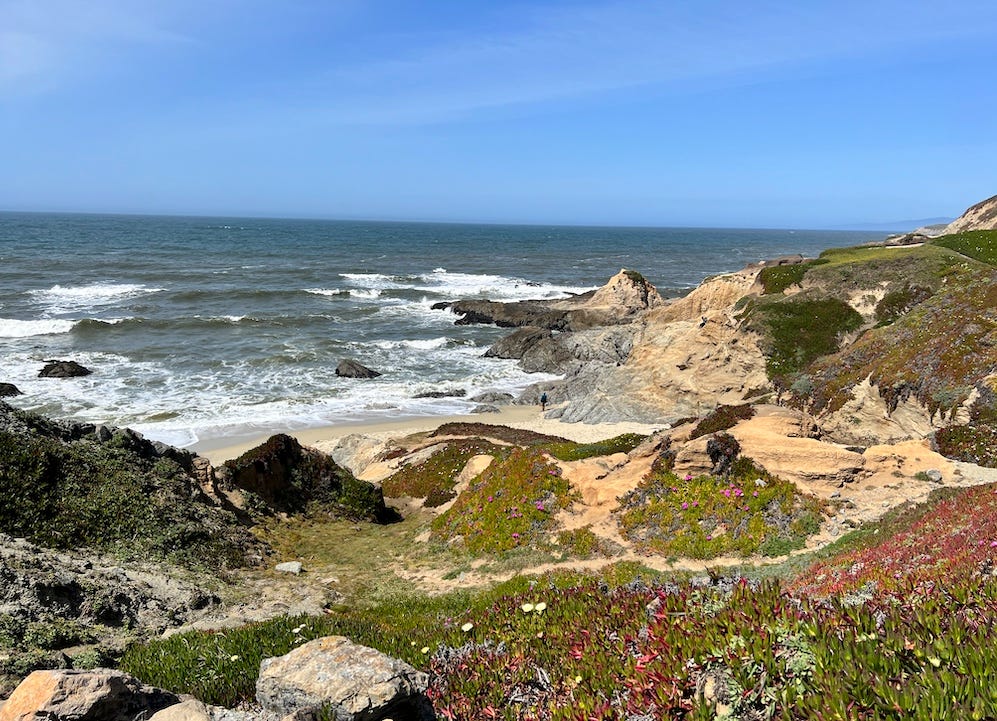Newsom emerges as Democratic resistance leader for climate
Welcome to Callaway Climate Insights, your daily guide to global climate finance.
Today’s edition of Callaway Climate Insights is free for all our readers. We really want to bring you the best and latest in climate finance from around the world. Please subscribe now.

One of the most frustrating questions in the first 100 days of the second Trump administration has been where is the Democratic resistance. Now that Harvard has drawn a line in the sand against federal overreach, early pockets are beginning to take shape, including with regard to fighting climate change.
California Gov. Gavin Newsom emerged this week as one of the early leaders when he said he will double down on the state’s cap-and-trade carbon trading program, and sued the federal government over its tariff policy.
While Newsom is expected to be a vocal opponent to Trump as he likely will run for executive office in 2028, his early defensiveness puts the world’s sixth largest economy at risk of taking the brunt of the president’s ire on several fronts.
Newsom, who has paid scant attention to California’s leading carbon trading platform and the $4 billion it contributes to state revenues each year, said he now wants to reauthorize it through 2030. The main question is whether he will push it through with existing regulatory controls or try to give the legislature more direct control of it, which might give him more flexibility when Trump attacks.
California’s climate policies are a likely target of the administration, which has already blasted through or frozen most of former President Joe Biden’s federal climate initiatives.
Newsom is in many ways jumping on the bandwagon of the growing lawsuits against the president’s tariffs, but his stance on climate change and carbon trading leaves him standing somewhat alone among emerging resistance leaders.
A politically risky place to be, especially with so much of the state’s fortunes tied to immigration. But a potentially rewarding perch from which to lead when the time comes to shift the fight back to climate change.
Don’t forget to contact me directly if you have suggestions or ideas at dcallaway@callawayclimateinsights.com.
Follow us . . . .
Twitter | LinkedIn | Facebook | Instagram
Climate risk trading and the green growth vs oil value strategy
. . . . A new study seeking to solve the conundrum about trading strategies for green stocks says investors should consider them as growth stocks versus value stocks for traditional oil and gas companies, writes Mark Hulbert. It also shows that green stocks have their greatest momentum during periods where growth is in demand, and Hulbert suggests a trader could even create long-short portfolios on either side of the growth/value trade. . . .
Thursday’s subscriber insights
How Trump’s tariff chaos is actually helping fight climate change
. . . . President Donald Trump’s tariff circus is having an unintended effect. It’s helping the world fight climate change.
In a world of “drill, baby, drill” and energy security, nothing reduces harmful greenhouse gas emissions more than a dramatic slowdown in oil production growth.
That’s just what the International Energy Agency forecast this week when it said it sees oil production growth slowing by 30% this year because of concern about the erratic tariffs.
The IEA said it sees production growing by 730,00 barrels a day this year and 690,000 barrels next year. Both down significantly from last year, when the U.S. economy was roaring.
Oil companies themselves have said the price of oil, now in the $60 range, is getting to levels that make it unprofitable to drill and produce, and that the rising cost of supplies like steel (because of tariffs) is hurting its ability to plan ahead.
Indeed, not since Covid ground the world economies to a halt five years ago have expectations for oil production been so dire. And it’s all because of the uncertainty around the tariffs.
Not good for economic growth, to be sure. But climate fighters everywhere are happy for a bit of a break in what has been a challenging year to date.
Editor’s picks: Find an Earth Day event where you live
Tuesday is Earth Day
Think globally, act locally. Check out the Earth Day Activities being planned around the world and find one to participate in wherever you live. The theme for Earth Day 2025 is Our Power, Our Planet. Organizers are calling for people to unite around renewable energy to meet the goal of tripling clean electricity by 2030. “For 55 years, Earth Day has led the world in educating and mobilizing the public to take action to address critically important environmental issues. We are global advocates for the health of the planet, calling for the protection of our air, oceans, soil, ecosystems, wildlife, and human health,” organizers say. Tuesday, April 22 marks the 55th anniversary of Earth Day. Earth Day encourages people to be active in the movement by signing the Global Plastics Treaty petition, encouraging lawmakers to stop rollbacks and promote renewable energy, and promote renewable energy in schools. Navigate the Earth Day 2025 Network Global Event Map to discover nearby events and activities. Input your location and explore opportunities. How about an urban forest tree bed revitalization in Manhattan? Elsewhere in New York, many activities are being planned for Central Park. Check out events ranging from an Earth Day festival in Springfield, Mo. to river cleanups in Colorado, and an Earth Day Change Makers event for climate advocates in Mill Valley, Calif.
Latest findings: New research, studies and projects
Carbon footprints in the supply chain
Consumer behavior has begun to change as people start to assess the environmental impacts of the products and services they buy. Although various methods exist for measuring environmental (e.g. carbon) impacts, there is no international consensus about the most appropriate one, according to the authors of this paper titled Conceptual framework for measuring carbon footprint in supply chains. This paper proposes a conceptual framework for measuring and analyzing the carbon footprint in supply chains. The research contributes to the knowledge and practice of green supply chain management, at the corporate level, by providing robustness. This aids the decision-making process by identifying strategies in order to reach the efficiency that can be achieved by reducing CO₂ emissions over the supply network. Authors: Edgar Gutierrez-Franco, Massachusetts Institute of Technology Center for Transportation & Logistics; Edgar Blanco, Massachusetts Institute of Technology.
More of the latest research:
Developing a Standardized Metric for CO2 Emissions Financed by Institutional Portfolios
Governance, Resilience, and Sovereign Credit Ratings: Implications for ESG Investing Strategies
Words to live by . . . .
“It is spring again. The earth is like a child that knows poems by heart.” — Rainer Maria Rilke, Austrian author.






